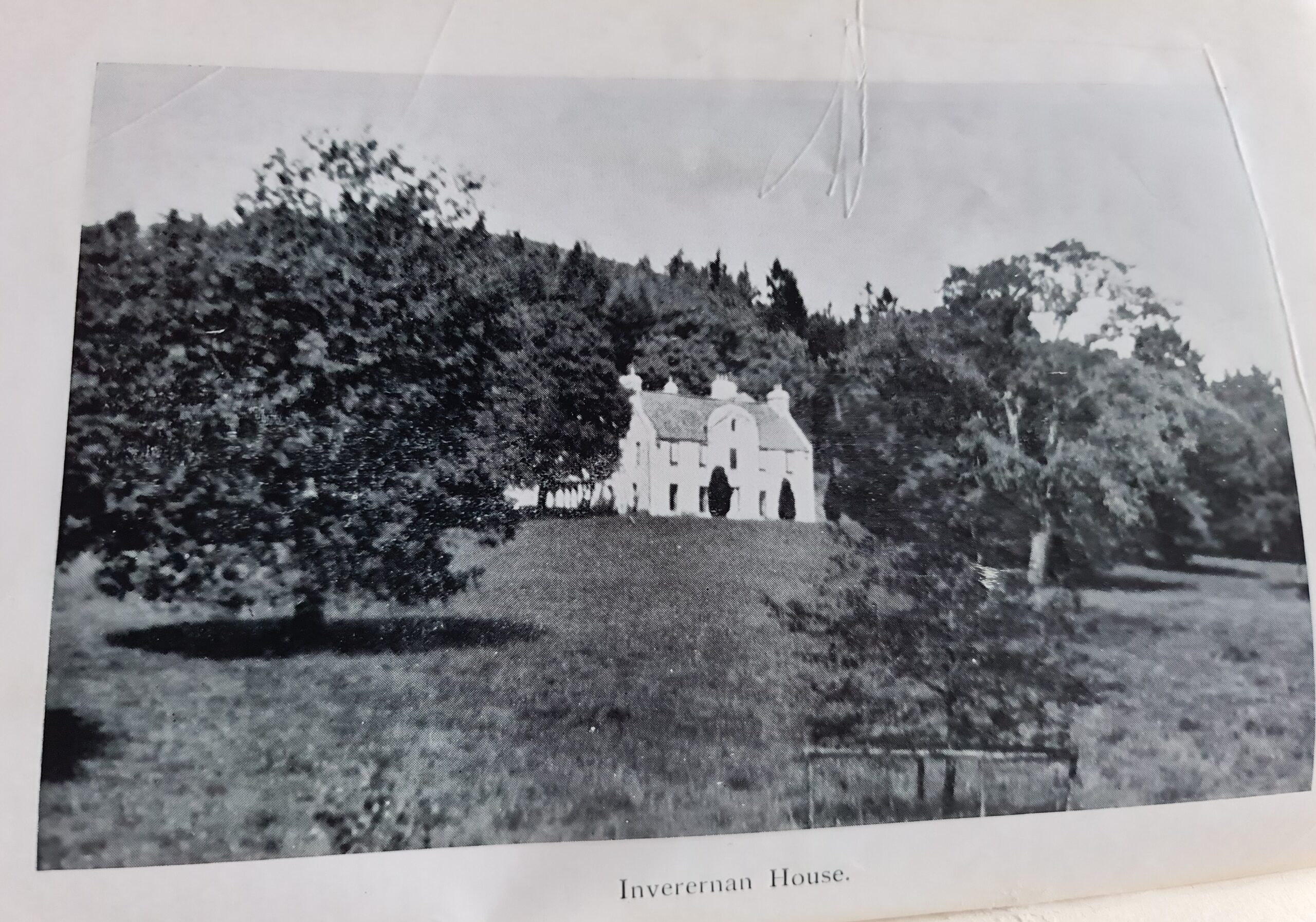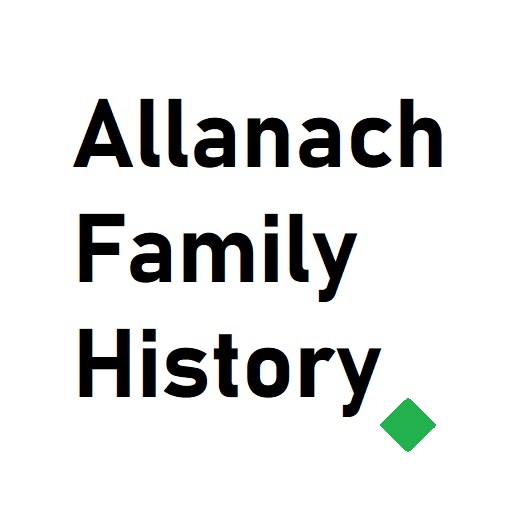Stray Memories of Strathdon
by Charles Christie (1938)
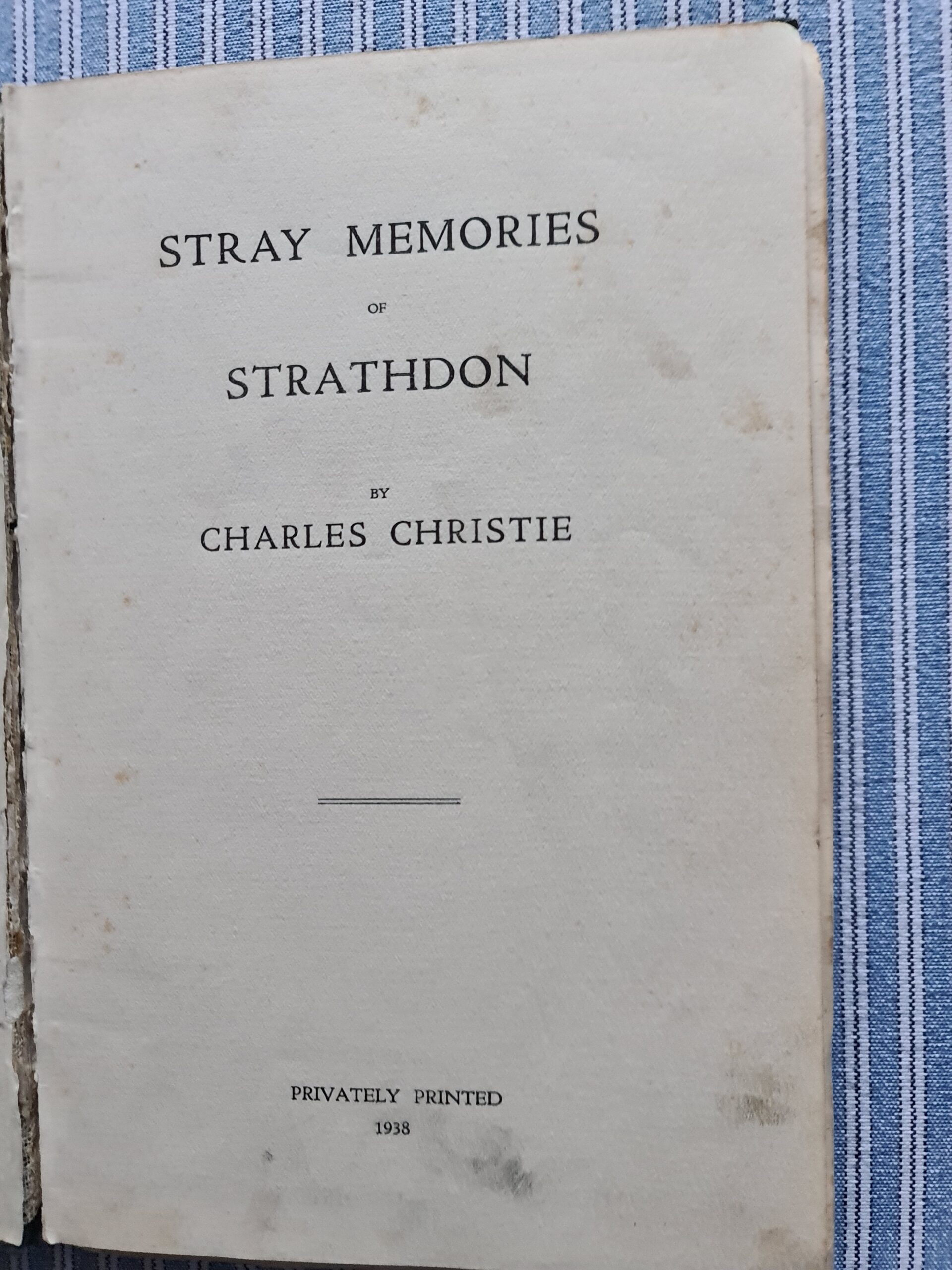
as we traverse those silent glens in their remoter corners, we are tempted to think of those long since departed who found contentment on some lone hillside in their lowly sheilings, the foundations of which still remain to remind us that in their occupants’ primitive ways happiness was theirs, even more perhaps than it is ours to-day, for it was uncontaminated and undefiled, fresh as the air they breathed, and pure as the streams that issue from a green well-eye on a mountain top. None who have been bred or have lived in the parish can ever think of it with anything but recollections of the most happy and agreeable character and of the enjoyment that reigned in barn or in hall. Snowfalls of yesterday are soon forgotten in the brilliant sunshine of today, and the clear blue skies and nipping air that send the blood pulsating through the veins are more than recompense for the discomforts that may occasionally have to be suffered.
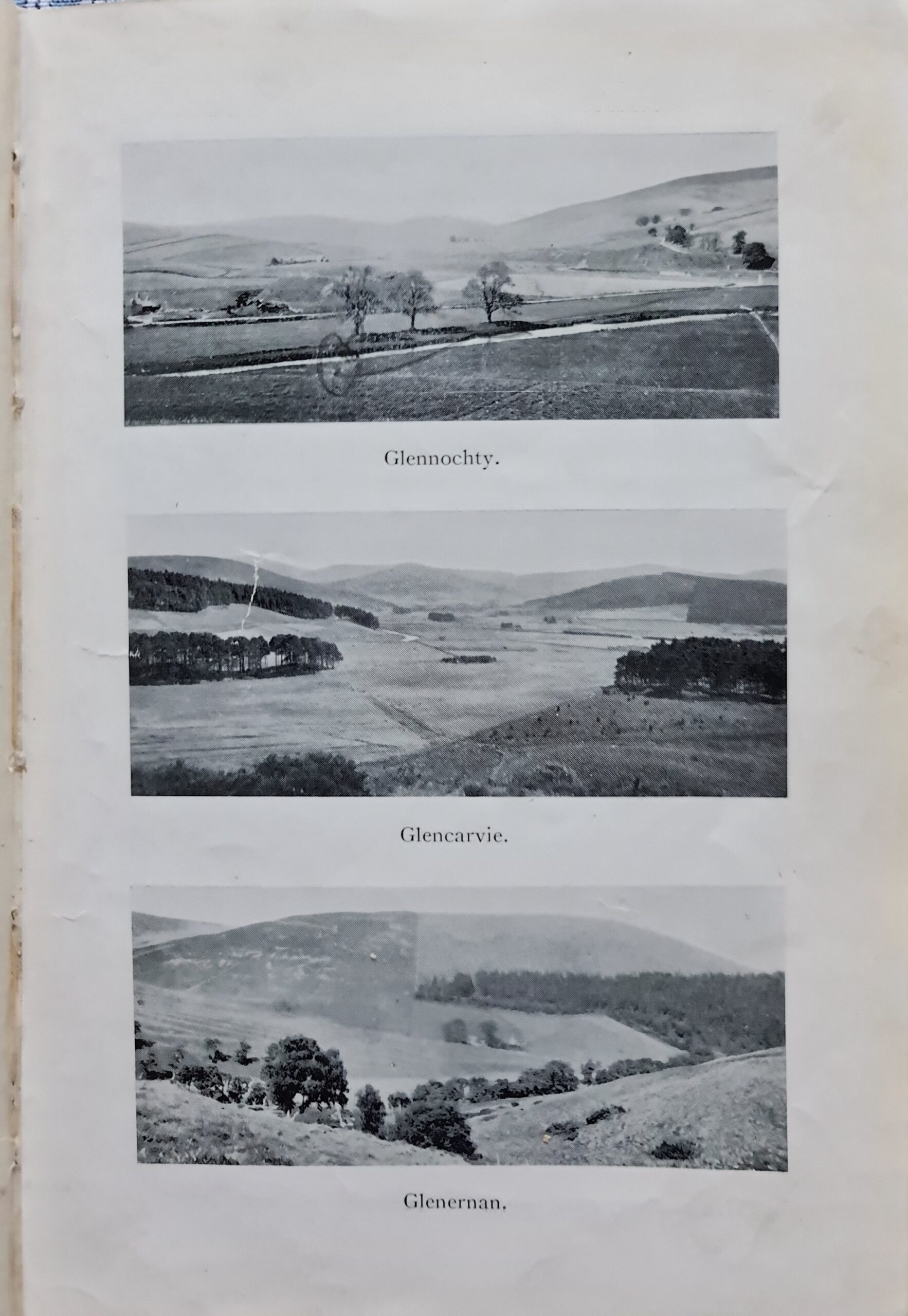
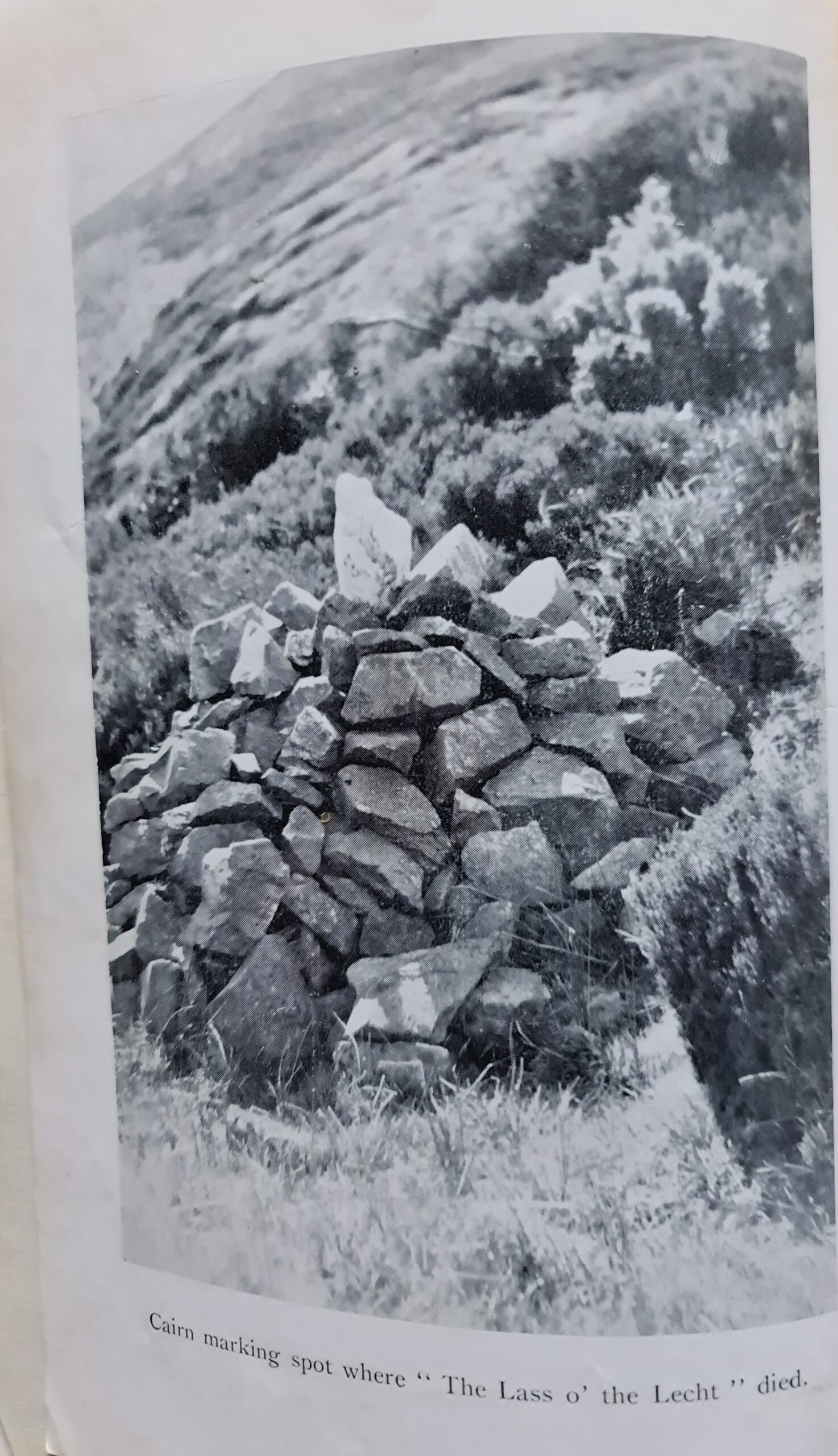

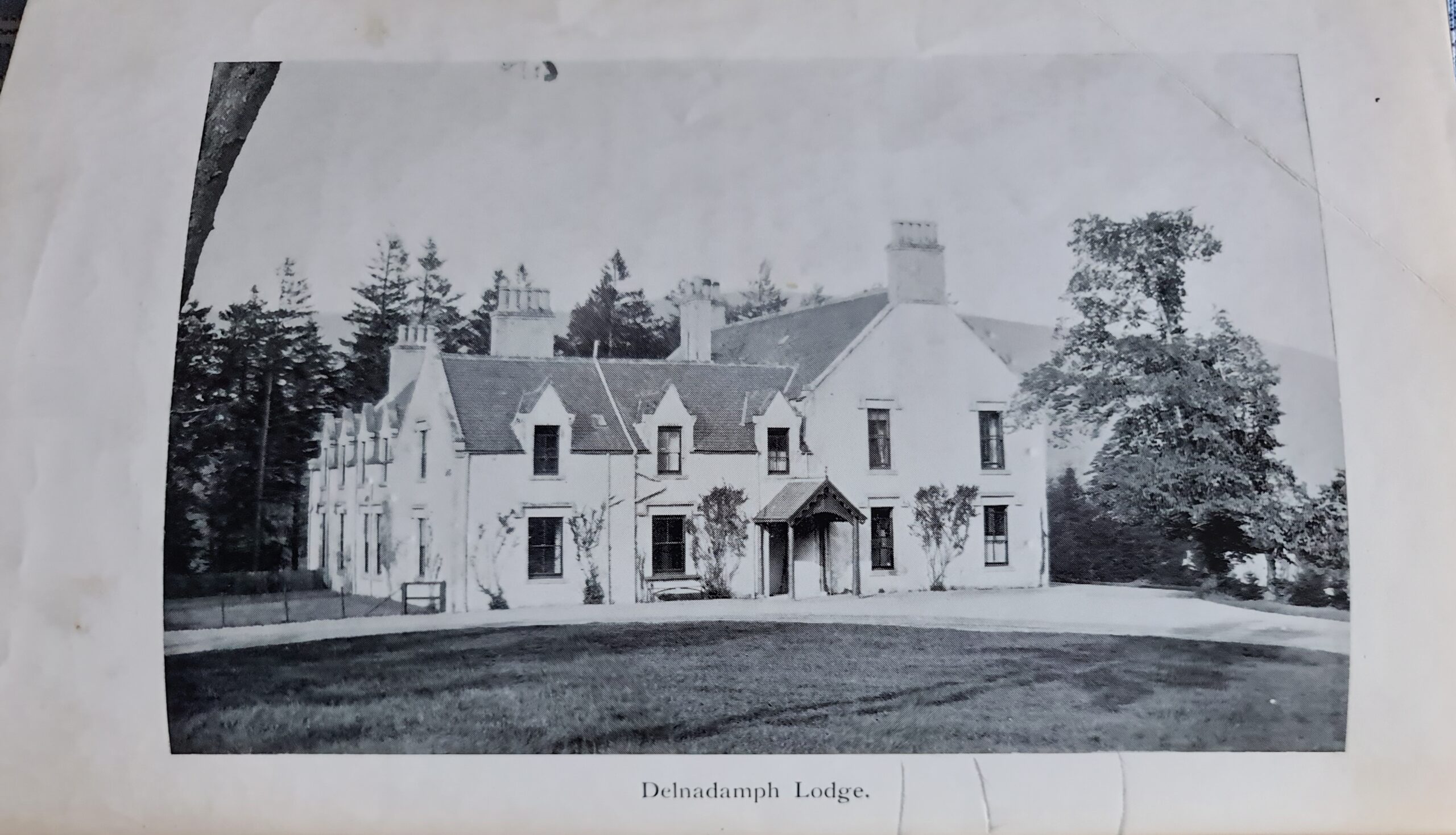
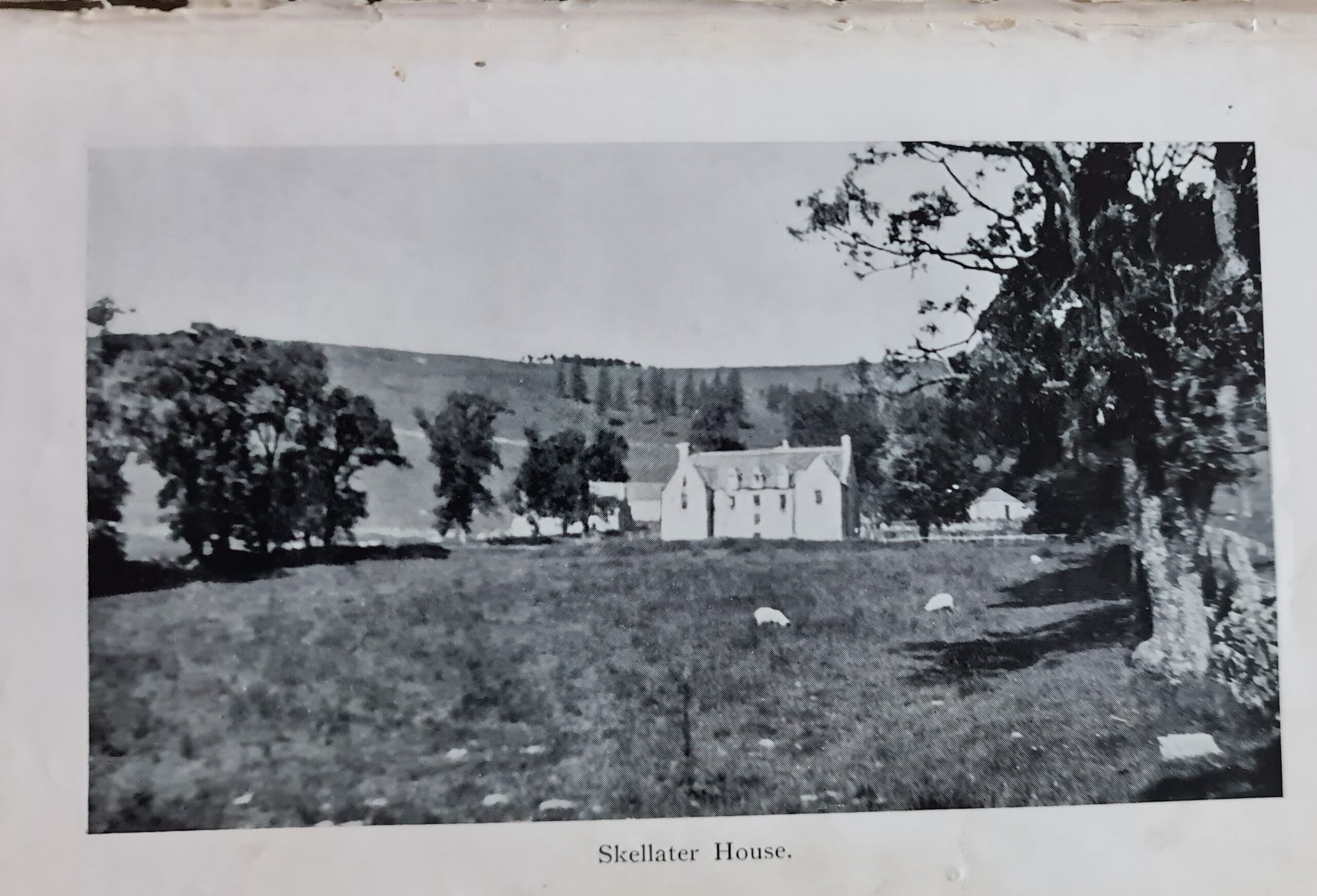
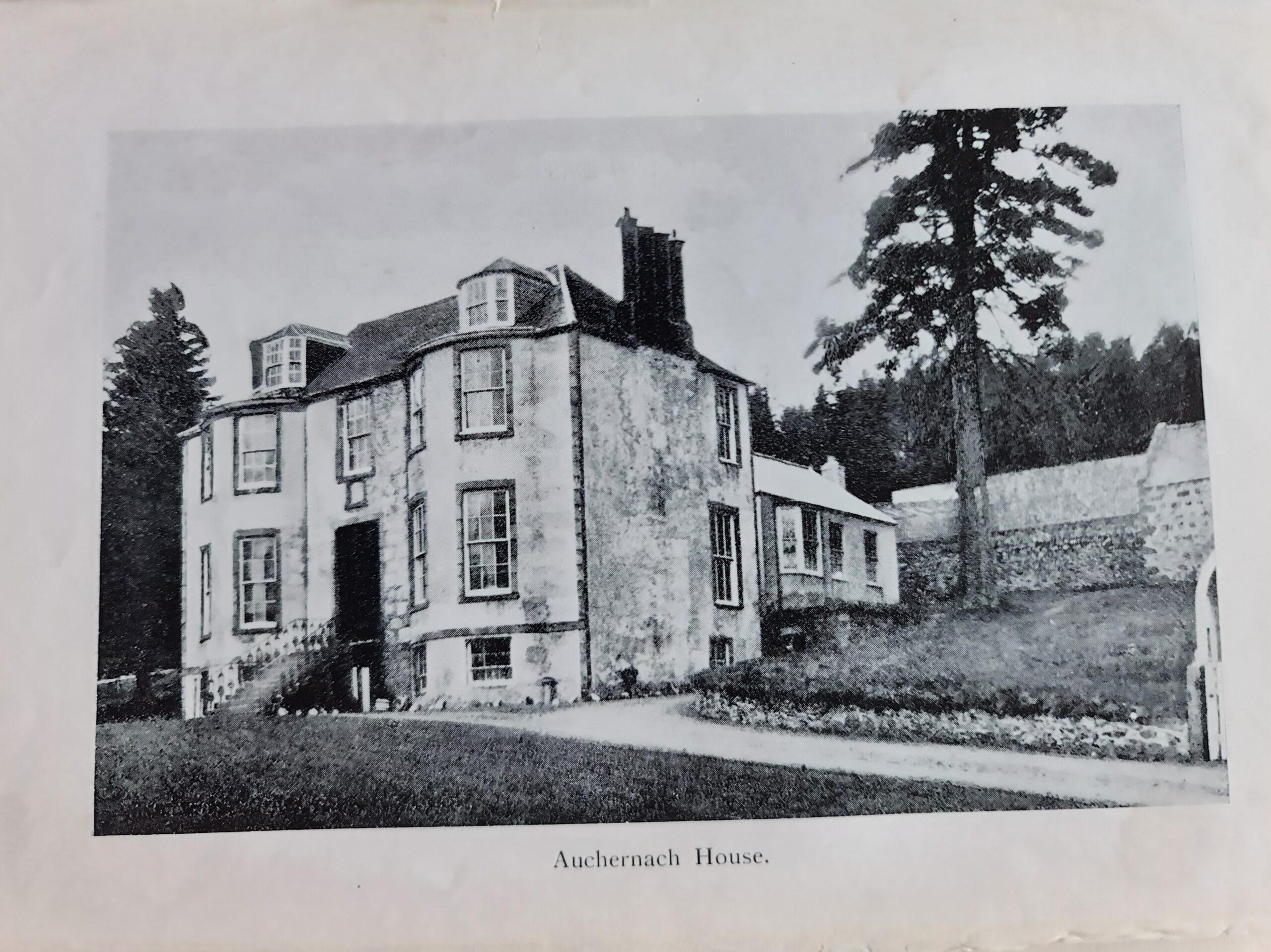
Doctor was unmarried. The estate then passed to the female line of the family and Alexander, who was the son of the eldest sister of the Major and the Doctor, became proprietor. He was resident for many years at Huntingdon, Lower Canada. After having disentailed the lands of Candacraig, he and his son, Alexander Anderson, Junior, disposed of them to Sir Charles Forbes in 1866.

